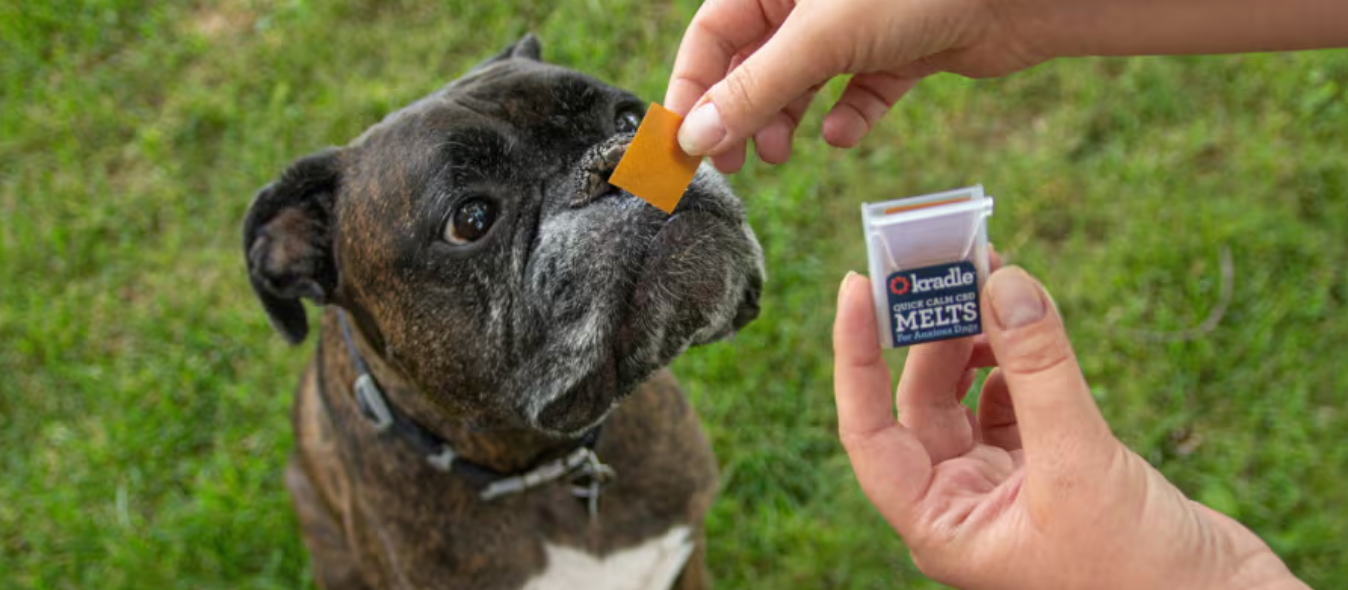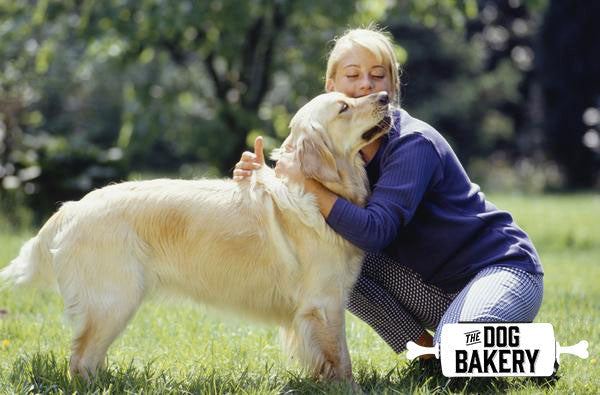
If you’re the proud owner of a canine companion, chances are you’ve noticed that when it comes to nutrition, your little furry pal doesn’t discriminate. Whether it’s a filet mignon on a silver platter or a bundle of weeds on the side of the road, dogs will gladly indulge with just the same enthusiasm. If only the nutritional value of a food could be judged based on our desire to consume it…but just as this isn’t the way it works with humans, this is certainly not the way it works with dogs either.
Dogs can be allergic to a spectrum of nutritional elements, such as dairy, wheat and soy.
One major allergen that is only coming to light as of recently is grain. Taking a look at the evolution of our beloved canine companions, it is important to note that when dogs were restricted to the wild, their diet consisted almost entirely of meat and small amounts of plant/vegetable matter ingested by the prey they caught.
This was plenty to sustain them and their lifestyle at the time, and it is more than enough today. However, if you don’t seek out the best grain free dog food, you may end up with food that contains added ingredients. While these ingredients are not harmful to most dogs, there is a chance that certain dogs are allergic to these grains and can experience negative side effects as a result.
What to look for
If your dog has been experiencing discomfort that you think could be due to a food allergy, here are 5 things to look for that could indicate an allergy to grains.
Skin irritation: In many dogs, an allergy to grain will manifest as an irritation on the surface of the skin, often causing itching and scabbing. If you notice your dog scratching, particularly around its face or paws, you may need to look into choosing the best grain free dog food to relieve these symptoms.
Digestive issues: Dogs, much like people, already process meat and vegetables much more efficiently than grains, but if your dog is allergic to grains and is not fed the best grain free dog food, you’ll notice that it can result in additional digestive issues such as vomiting, diarrhea or frequent bowel movements (classified as more than two per day).
Frequent ear infections: Recurring ear infections are a common symptom of a grain intolerance in dogs. If your dog regularly scratches or paws at his ears, it may be a sign of an allergy.
Affected anal glands: While it’s normal for a dog to attempt to relieve the surface of their anal glands occasionally, if you notice that your dog is doing this frequently, it could be a sign that its anal glands have been impacted by a food allergy. This can actually be a very serious issue, as it can lead to ruptured glands, so if you find this to be the case, it is recommended that you take your dog to a vet as soon as possible.
Behavioral changes: One of the best ways to identify an allergy is to use your intuition when it comes to a dog’s behavior. According to Dog Trainer Steffi Trott from SpiritDog, dogs are known to hide discomfort, so watching their behavior closely to look for scratching, uneasiness or lethargy can be a great way to identify an issue before it becomes a health problem.






